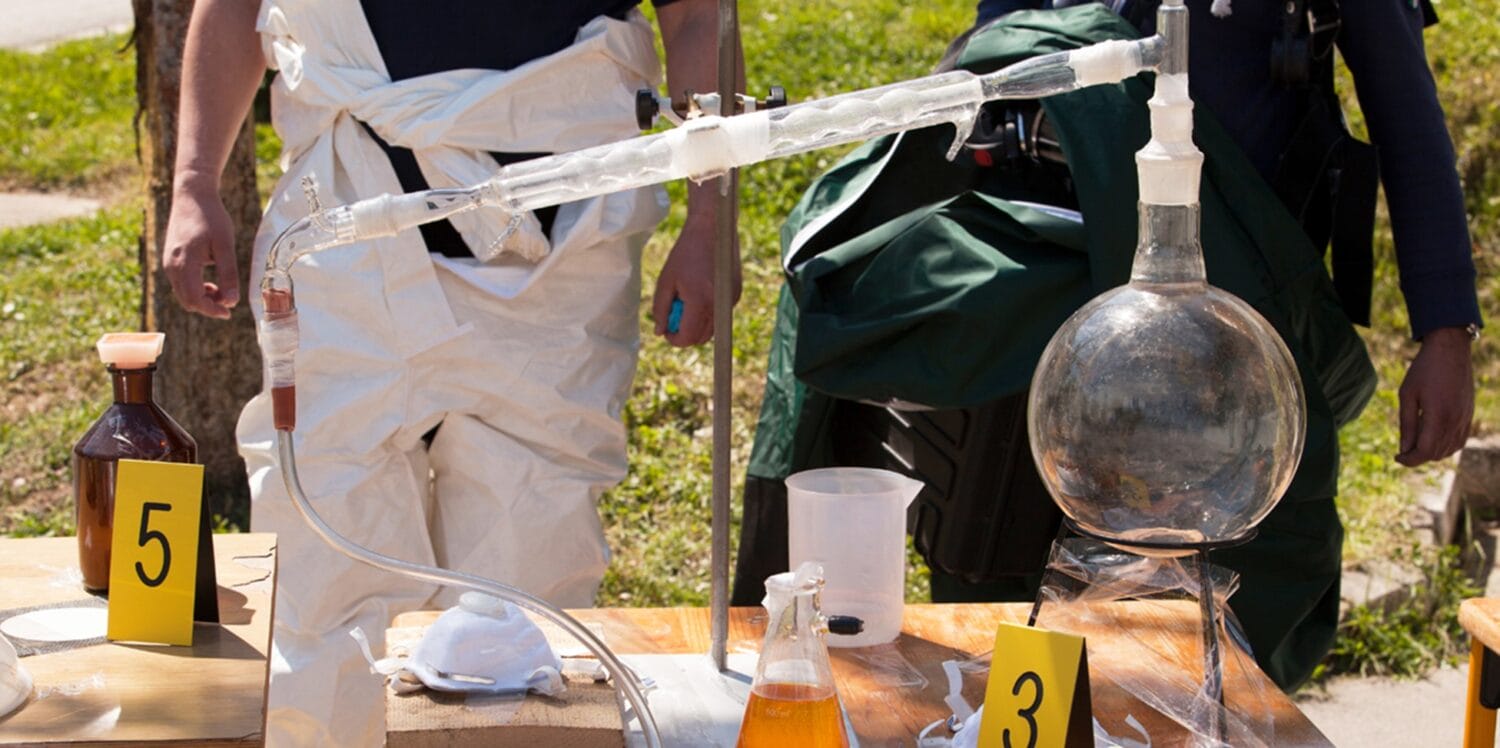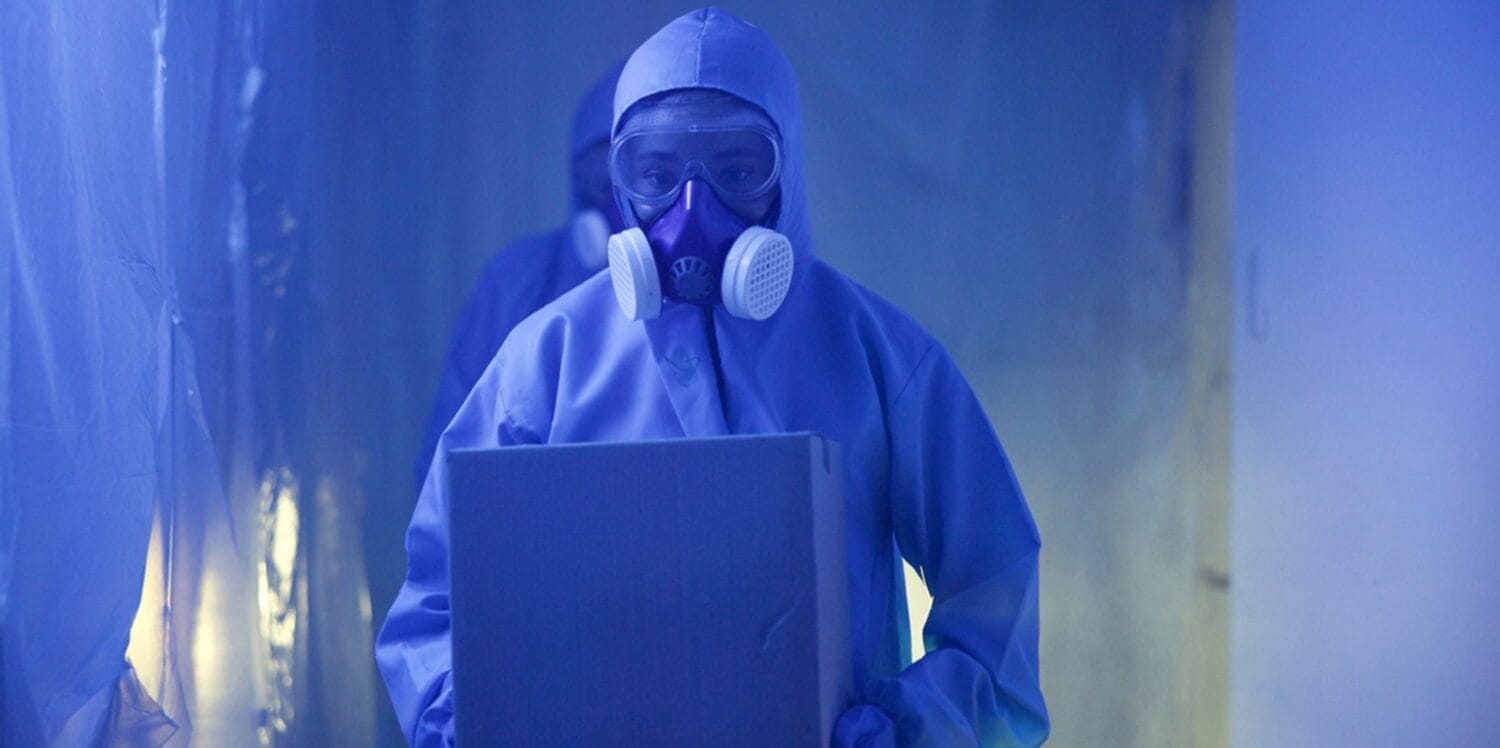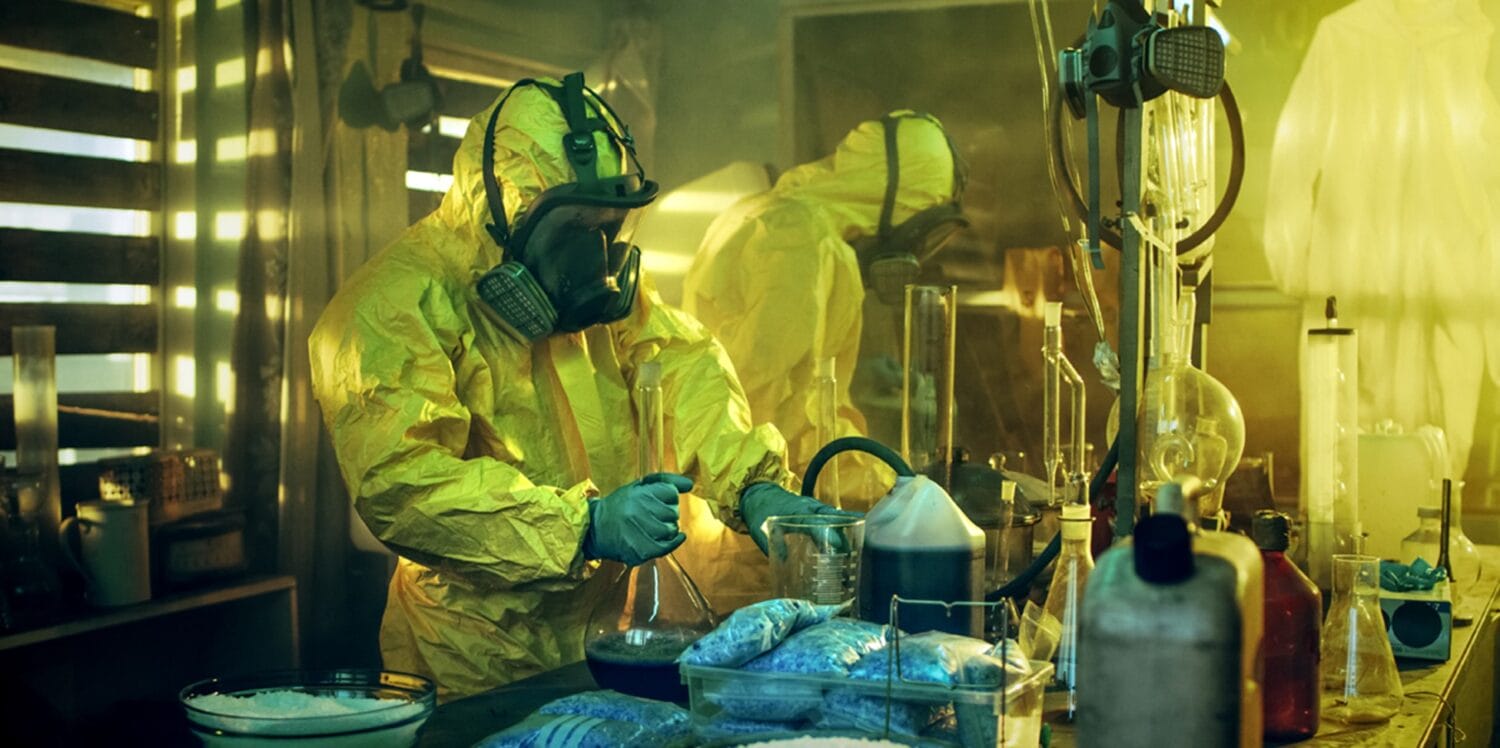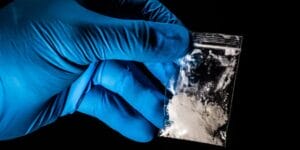
Fentanyl has become a significant concern for law enforcement agencies across the country as its presence continues to rise in communities of all sizes.
This potent synthetic opioid is not only responsible for a growing number of overdose deaths but also presents a grave occupational hazard for officers encountering it during arrests, traffic stops, evidence collection, and other duties.
The risks associated with fentanyl exposure go far beyond the crime scene - officers face potential health emergencies from accidental contact or inhalation, even in small amounts.
The danger lies in fentanyl’s extreme potency - up to 100 times stronger than morphine and 50 times stronger than heroin. Just a few milligrams, an amount barely visible to the naked eye, can cause severe respiratory distress, unconsciousness, or worse. When improperly handled, fentanyl can contaminate vehicles, evidence rooms, and even personal gear, creating ongoing risks for officers and those around them.
As the fentanyl crisis intensifies, understanding how to manage exposure and properly handle contaminated environments has become essential for officer safety. Professional cleanup services, equipped with the right expertise and tools, are critical in neutralizing these hazards and preventing further risks.
Here’s what every officer and law enforcement agency needs to know about the dangers of fentanyl exposure and the indispensable role of professional decontamination services in protecting those who protect our communities.

Fentanyl exposure presents a silent but severe threat to law enforcement officers who encounter this potent opioid in their line of duty.
Its extreme potency and ability to contaminate environments pose unique challenges that require heightened awareness and proactive measures. Here are the primary dangers of fentanyl exposure and why addressing them promptly is critical:
Fentanyl particles can become airborne with minimal disturbance, creating an invisible hazard for officers during routine operations such as:
Even after initial contact, fentanyl can continue to pose a threat through secondary exposure. Common scenarios include:
The effects of fentanyl exposure can appear quickly and escalate rapidly. Early symptoms include:
These risks underscore the importance of preparedness, including access to naloxone (Narcan), which can reverse fentanyl overdoses but must be administered promptly.

When fentanyl contamination occurs, the stakes are incredibly high. Professional cleanup services go beyond simple cleaning—they provide the specialized expertise, tools, and compliance necessary to protect law enforcement officers and the communities they serve.
Here’s why partnering with trained biohazard remediation professionals like Bio-One is essential:
Professional cleanup services utilize cutting-edge tools and methods explicitly designed to handle dangerous substances like fentanyl. This ensures comprehensive decontamination and minimizes risks for everyone involved. Key advantages include:
This thorough approach is critical in contaminated environments, such as squad cars, evidence rooms, and personal gear.
Fentanyl cleanup must adhere to strict regulatory standards to avoid legal or operational complications. Professional remediation ensures compliance with:
This focus on compliance safeguards officers and their departments from liability while maintaining public trust.
Fentanyl’s persistence on surfaces means inadequate cleanup can result in ongoing exposure, putting officers and others at risk long after the initial incident. Professional services eliminate these dangers by:

When fentanyl contamination threatens the safety of law enforcement personnel, swift, thorough, and professional action is essential. Bio-One brings unparalleled expertise to biohazard cleanup, addressing the unique challenges faced by officers on the front lines.
Here’s how Bio-One supports law enforcement with tailored solutions that prioritize safety, efficiency, and peace of mind:
Bio-One takes a meticulous approach to removing fentanyl contamination from every affected area, ensuring no trace is left behind. Our services include:
Time is of the essence when dealing with fentanyl contamination. Bio-One understands the urgency and provides:
Bio-One’s team consists of highly trained professionals with extensive experience in hazardous materials cleanup. Our qualifications include:
Beyond cleanup, Bio-One is a committed partner to law enforcement agencies, offering:
Regarding fentanyl contamination, Bio-One is more than a cleanup service—we’re a trusted partner dedicated to safeguarding the health and safety of law enforcement personnel. With our expertise, rapid response, and commitment to excellence, you can confidently face fentanyl challenges. Let us help you focus on your mission while we handle the hazards.
Fentanyl is a synthetic opioid up to 100 times stronger than morphine. Even microscopic amounts can cause severe respiratory distress, unconsciousness, or overdose if inhaled, ingested, or absorbed through the skin.
Officers can encounter fentanyl during arrests, evidence collection, or traffic stops. It can become airborne or transfer to their skin through contaminated objects, increasing the risk of accidental exposure.
Early symptoms include dizziness, confusion, and respiratory distress. In severe cases, exposure can lead to unconsciousness or life-threatening overdose.
Professional cleanup ensures that all fentanyl residues are neutralized using advanced tools, techniques, and protective measures, minimizing the risks of exposure and cross-contamination.
Squad cars, evidence rooms, and personal gear are often contaminated areas that require thorough decontamination to prevent secondary exposure.
Bio-One uses specialized equipment, cleaning agents, and certified protocols to safely remove fentanyl contamination from affected environments and ensure their safety.
Cleanup must comply with OSHA guidelines, environmental regulations, and agency-specific protocols to ensure safety, legality, and operational integrity.
Bio-One meticulously cleans every surface, crack, and crevice to eliminate all traces of fentanyl, preventing long-term exposure risks.
Yes, Bio-One offers 24/7 rapid response services to address fentanyl contamination promptly, minimizing downtime and exposure risks.
In addition to cleanup, Bio-One offers consultative support, training resources, and long-term partnerships to help agencies develop safe protocols and manage future fentanyl-related risks.



